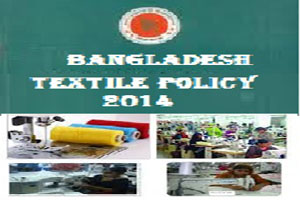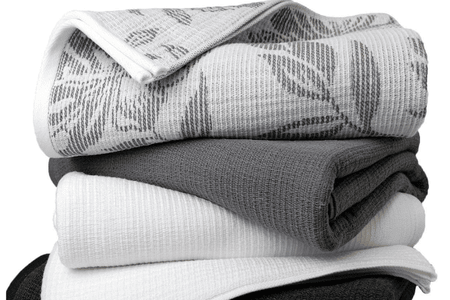
Bangladesh drafts new textile Policy-2014 aiming to double local textile output
YarnsandFibers News Bureau 2014-11-06 10:00:00 – DhakaThe Bangladesh government has drafted the 'Textile Policy 2014’, the move to prepare a new policy was initiated as the existing textile policy of 1995 has failed to address the developments in local as well as global textile market, officials said.
The new textile policy drafted plans to raise the domestic production to 14,036 metres by the fiscal year 2019-20 that is double the existing local textile production.
The annual combined demand for fabric from the domestic market and the export-oriented garment sector is around 11,400 million metres, of which 62 per cent, about 7,000 million metres, is met locally.
As per the draft policy, the fast-growing local textile sector is expected to flourish with the creation of more skilled workforce, high value-added products through research and use of modern technology. The private sector will play the lead role while the government will provide policy support.
It has also recommended reduction of interest rate on bank loan to attract new investment , setting up of industrial park for export-oriented garment sector, duty waiver for imported raw material and tax holiday to encourage industrial units in less developed areas across the country.
A senior official of the Ministry of Textiles and Jute said that they had sought opinion on the new drafted textile policy from all concerned stakeholders by October 20 last.
They have got their opinion and will be now scrutinizing them and will incorporate new recommendations, if needed.
The ministry will be hold a meeting shortly to finalize the draft, which will then be forwarded to the cabinet for approval.
According to Jahangir Alamin, president of the Bangladesh Textile Mills Association, it is not impossible to double the local production if energy is available. To achieve the target, there should be a directive regarding energy. He also suggested low interest-bearing long-term bank loan to make investment in the sector viable as the short-term fund , provided with such a high interest rate will be of no help for the sector.
Regarding the new provision of administrative role of the Directorate of Textiles, the textile sector would like to have a one-stop service so that they get all required clearances including that relating to environment under one umbrella.
If an entrepreneur needs to move door to door for different certificates or clearance, the existence of such a body would mean nothing, he opined.
One of the most important point in the new drafted policy is that it has also suggested coordinated efforts among the sub-sectors which is essential for the development of any sector in the country.
According to the BTMA, there are 743 textile mills, 383 yarn and 238 dyeing, printing and finishing mills across the country. The lion's share of the local demand is met by the primary textile sector while it meets 30-35 percent of woven and 80 to 85 percent of knit fabrics demand.
Market Intelligence
Ask for free sample Report

experience
Customer Base
dedicated team
Countries Served Worldwide









